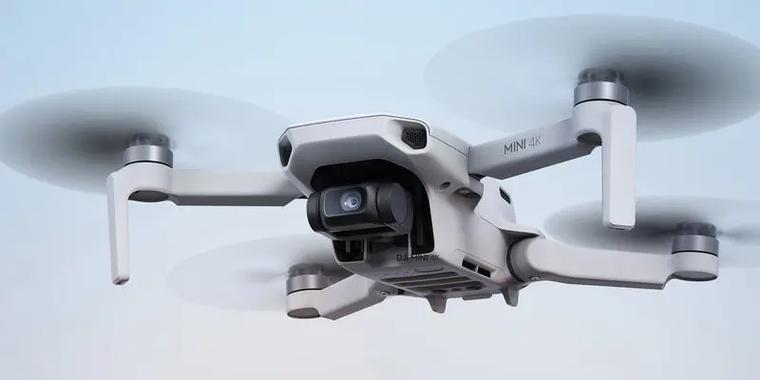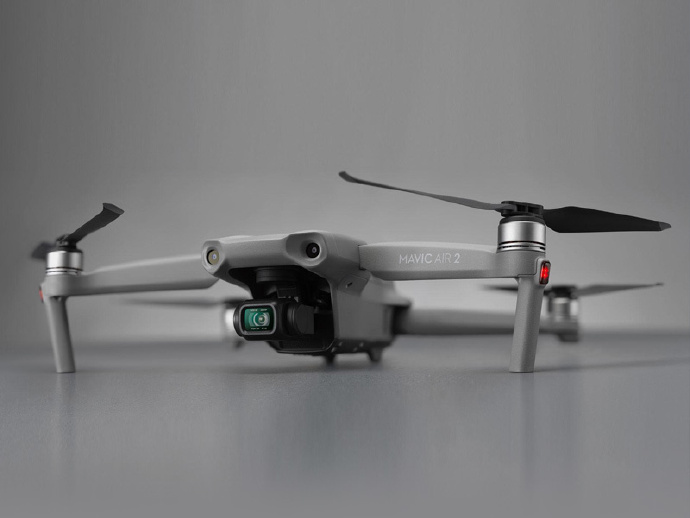FPV drones, or First-Person View drones, have revolutionized the way enthusiasts engage with both drone racing and aerial photography. These dynamic devices offer a thrilling experience, allowing pilots to see the world from a bird’s-eye perspective while navigating complex courses at breathtaking speeds. As the popularity of FPV drones continues to soar, understanding their capabilities and applications can broaden your horizons whether you’re interested in competitive racing or capturing stunning visuals. The
FPV Drone Experience
FPV drone racing is not just a hobby; it’s a thrilling sport that combines technology and skill. Pilots wear specialized goggles that provide an immersive experience, displaying live feed video streams directly from the drone’s camera. This innovation allows racers to fly as if they are onboard the actual drone, offering an adrenaline-pumping adventure akin to playing a game in real life. Courses are typically set up to challenge the pilot’s agility and quick reflexes, often featuring tight turns, obstacles, and, occasionally, multi-level setups. Such races test the limit of the drone’s speed, maneuverability, and the pilot’s adeptness at controlling their craft, pushing both to achieve new heights. Enhanced photo and video capabilities have also made FPV drones a favorite among photographers and filmmakers. These drones can capture stunning, smooth footage in 4K resolution, providing unparalleled perspectives and allowing creators to express their visions in breathtaking ways. From scenic landscapes to dynamic action shots, FPV drones bring creativity to new altitudes.
Components of FPV Drones
To further explore the world of FPV drones, it’s essential to understand their key components. An FPV setup generally includes the drone itself, equipped with a camera and transmitter, FPV goggles for first-person views, and a controller to guide the flight path. Many enthusiasts opt to personalize their drones by upgrading components for better performance or swapping out parts for more advanced technologies.
- Camera and Transmission: High-quality cameras are a must for FPV drones, ensuring clarity and sharpness in video feeds.
- Goggles: These provide real-time, immersive experiences, crucial for both racing and photography.
- Controller: Precise control is vital, and different models offer unique features catering to varied skill levels
The ability to modify and customize drones is part of what makes FPV flying so appealing, allowing users to tailor their machines to suit personal preferences or specific racing conditions.
Understanding Regulations
It’s important to note that FPV drone operations are subject to local and international regulations. Familiarizing yourself with these rules is crucial to ensure safe and legal flying experiences. In many countries, pilots must obtain a license or certification to fly drones for commercial purposes, and there are typically limits on the altitude and distance from the operator at which a drone can be flown. Following these guidelines ensures not only legal compliance but also enhances safety for all involved.
Emerging Trends
As technology progresses, FPV drones are set to become even more advanced, integrating AI and machine learning capabilities. These developments promise to enhance automated flight precision, obstacle detection, and path optimization, offering exciting future prospects for both racers and photographers alike. The drones’ ever-improving battery life and reduction in size and weight also extend flight time and enhance portability, further broadening their usability and appeal.
Conclusion
FPV drones are at the intersection of cutting-edge technology and thrilling sport, revolutionizing how people perceive aerial vistas and competitive racing. Their versatility makes them ideal for both adrenaline-seeking racers and innovative visual artists. Whether you’re capturing a serene sunset or tackling a challenging racing course, FPV drones offer unparalleled excitement and opportunities.
FAQs:

Q: What is an FPV drone?
A: FPV stands for First-Person View, indicating that these drones allow pilots to see from the drone’s perspective via goggles.
Q: Can FPV drones be used for photography?
A: Absolutely, they are excellent for aerial photography, providing unique and dynamic shots thanks to advanced camera technology.
Q: Are there any legal restrictions on flying FPV drones?
A: Yes, most countries have established regulations governing drone operation, typically requiring registration and adherence to specific altitude and distance limits.